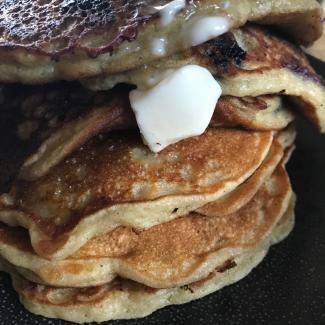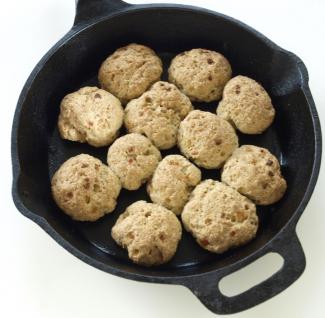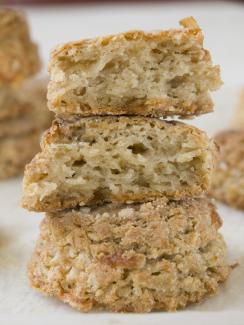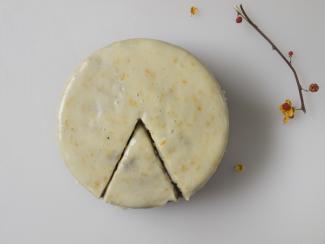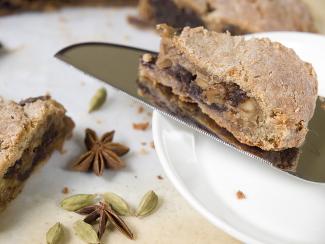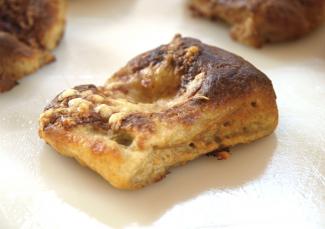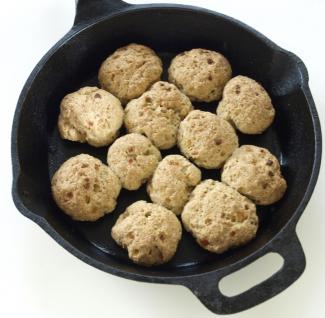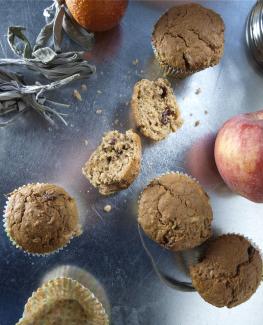This generic sourdough starter recipe works with any grain flour, except oats. Use it to make an active, rich-tasting starter that can be incorporated into any sourdough bread recipe, gluten-free or glutenous.
Instructions include "Putting the starter to sleep", "Feeding" the starter, and "Waking up" the starter.
Yield: About 1 quart ready-to-use sourdough starter.
Time to make: 10 minutes per day for 10 days
Tools needed: 1 Qt or larger glass, plastic or stainless steel container with lid. Measuring spoons and cups. Stirring spoon. Zip-lock bag.


